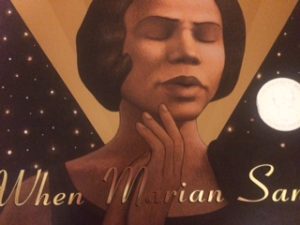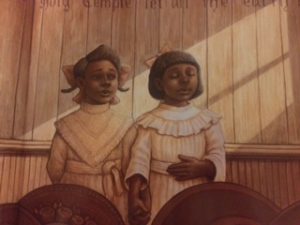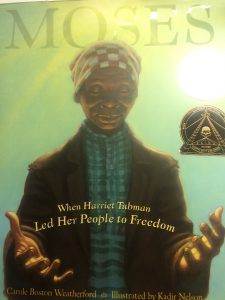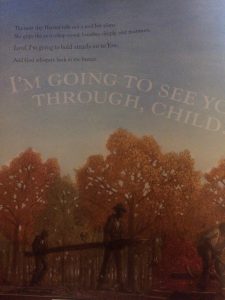Author: Pam Munoz Ryan
Illustrator: Brian Selznick
Publisher and Year: Scholastic Inc. 2002
Number of Pages: 32
Genre: Nonfiction
Analysis
This is the true story about how one little girl proved that dreams really do come true. Marian Anderson has a voice like none other and her talent is seen by many people. Soon she works hard enough to go to music school and she keeps learning and learning till finally she is heard from different countries all over the world.
This story is such an inspiration to many children with high hopes and dreams. It serves as a mirror for some, seeing themselves as Marian and wanting to perform just like she did. This book can function as a door to open children’s eyes that anything is possible, and if a person works hard enough, they can succeed. It also gives the real life challenges and struggles that Marian had to face as she continued to become a better singer. It gives the reality of dialogue and situations that African Americans faced such as blacks not being able to apply for music school or not being able to preform in “Whites only” theatres or auditoriums.
Perceptual- Marian faces hatred and racism throughout the book. When she applies for music school, the woman behind the counter tells her that she doesn’t service Negros.
Structural- The text is either written on the side of the pictures or below the pictures. The pictures are not framed so the audience feels involved instead of looking in like an outsider. In one of the pictures, Marian sings with the choir and the robes look like they have stars on them, which could foreshadow Marian’s stardom that was about to come.
Ideology- The issues with racism and how even though Marian had an outstanding voice, she was still treated as lower than common whites because of the color of her skin. She had to sit with the other African Americans when she rode on the train, and the President of the United States had to issue an order to let her sing in a whites only space.




